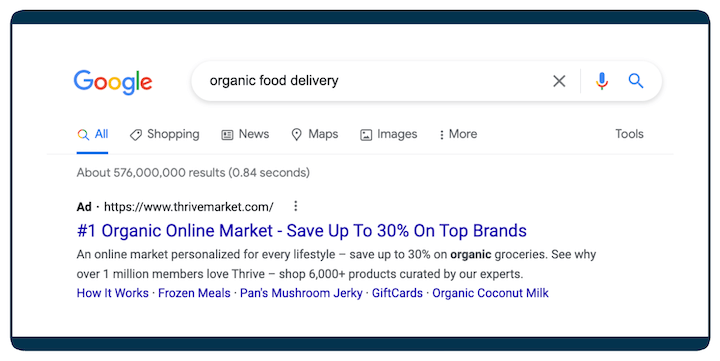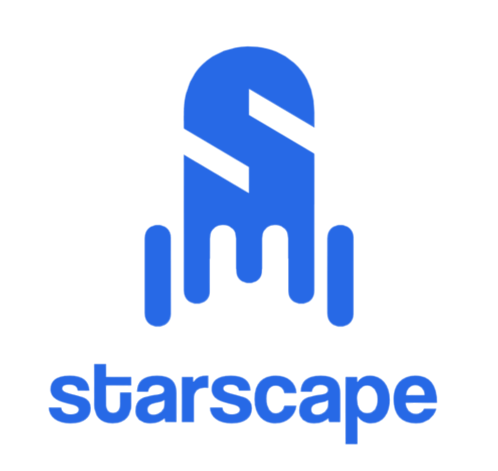Hi, Dave Fox here from Starscape SEO. In today’s digital landscape, businesses are constantly seeking ways to improve their online presence and attract traffic.
Two of the most common strategies are Organic SEO (Search Engine Optimization) and Paid SEM (Search Engine Marketing).
While both approaches aim to increase website visibility, they operate in fundamentally different ways.
The question remains: which is better for your business? Let’s explore the key differences and benefits of each to help you decide.
What is Organic SEO?

Organic SEO refers to the process of improving a website’s ranking in search engine results naturally, without paying for placement.
This is achieved through optimizing the website’s content, improving site structure, and building authority through backlinks and other techniques.
The goal of organic SEO is to make the site more relevant and valuable to search engines, which helps it rank higher for certain keywords over time.
Key aspects of Organic SEO:
Keyword Optimization: Using relevant keywords naturally throughout the site to target specific search queries.
Content Quality: Creating high-quality, informative, and engaging content that answers users’ questions and solves their problems.
Backlinking: Earning inbound links from reputable websites to signal to search engines that your site is authoritative.
Technical SEO: Improving site speed, mobile-friendliness, and overall user experience to make it easier for search engines to crawl and index your site.
What is Paid SEM (Search Engine Marketing)?

Paid SEM, also known as Pay-Per-Click (PPC), involves paying for ads to appear at the top of search engine results pages (SERPs).
These ads are typically displayed based on specific keyword bids, with advertisers paying each time a user clicks on their ad.
Paid SEM offers instant visibility, allowing businesses to quickly reach their target audience for specific keywords.
Key aspects of Paid SEM:
Instant Results: Ads appear immediately at the top of search results once your campaign is live.
Keyword Bidding: You bid on keywords relevant to your business, competing with other advertisers for ad placement.
Budget Control: You can set daily or monthly budgets and adjust them as needed based on performance.
Targeting: SEM allows for precise targeting based on location, demographics, interests, and even device types.
Organic SEO vs. Paid SEM: Key Differences
| Factor | Organic SEO | Paid SEM |
|---|---|---|
| Cost | Free traffic, but requires time and resources for optimization. | Requires budget for ads and bids on keywords. |
| Time to Results | Takes months to see results. | Immediate visibility once the campaign is launched. |
| Longevity | Long-term gains that can be sustained over time. | Stops generating traffic once the budget is spent. |
| Credibility | More trusted by users, as it’s earned placement. | Marked as “Ad,” which some users may ignore. |
| Click-Through Rate (CTR) | Higher CTR in the long run due to user trust. | Lower CTR as some users prefer organic results. |
| Control | Limited control over ranking speed. | Full control over when and where your ads appear. |
| Adaptability | Requires ongoing effort to adapt to search algorithm changes. | Easy to adapt campaigns with quick changes to budget and targeting. |
Pros and Cons of Organic SEO

Pros:
Cost-Effective: Organic traffic doesn’t require continuous spending on ads.
Trust and Credibility: Many users are more likely to click on organic search results because they trust them more than paid ads.
Long-Term Results: Once established, organic rankings can continue to bring traffic without additional costs.
Sustainable Growth: A well-optimized site will continue to perform well, especially with regular updates and improvements.
Cons:
Time-Consuming: It can take months, even years, to achieve strong rankings for competitive keywords.
Constant Effort: SEO requires ongoing maintenance, from content updates to monitoring algorithm changes.
No Guarantees: Search engine algorithms can change, affecting rankings without notice.
Pros and Cons of Paid SEM

Pros:
Instant Results: Ads can appear on the first page of search results within minutes of launching a campaign.
Precise Targeting: You can target specific demographics, locations, and devices, ensuring your ads reach the right audience.
Full Control: SEM allows you to control your budget, bid on specific keywords, and track performance metrics in real-time.
Scalability: Campaigns can be scaled up or down depending on your budget and needs.
Cons:
Costly: PPC campaigns can become expensive, especially in competitive industries with high-cost keywords.
Temporary: Traffic stops as soon as your budget is depleted, meaning SEM doesn’t provide long-term benefits.
Ad Fatigue: Some users tend to ignore ads, leading to diminishing returns over time.
Which is Better: Organic SEO or Paid SEM?
There is no one-size-fits-all answer. The choice between Organic SEO and Paid SEM depends on your business goals, timeline, and budget.
- Choose Organic SEO if you’re looking for sustainable, long-term growth and are willing to invest the time and resources needed to build a solid foundation.
- Choose Paid SEM if you need immediate visibility and have the budget to support ongoing ad campaigns, especially for short-term promotions or when launching new products.
A Balanced Approach
In many cases, a combined approach is best.
Using organic SEO to build a strong, long-lasting presence, while supplementing with paid SEM for immediate traffic or during key promotional periods, can maximize your results.
For example, you might use SEM to drive traffic while your SEO efforts are still gaining momentum.
Once your organic rankings improve, you can reduce your SEM budget or focus on highly targeted ad campaigns.
Conclusion
Both Organic SEO and Paid SEM are powerful tools in your digital marketing toolkit.
Organic SEO provides long-lasting results and credibility, while Paid SEM offers instant visibility and precise targeting. Instead of choosing one over the other, consider how they can complement each other to drive the best possible results for your business.
Ultimately, the key is to align your strategy with your business needs, budget, and timeline to make the most out of both SEO and SEM.

